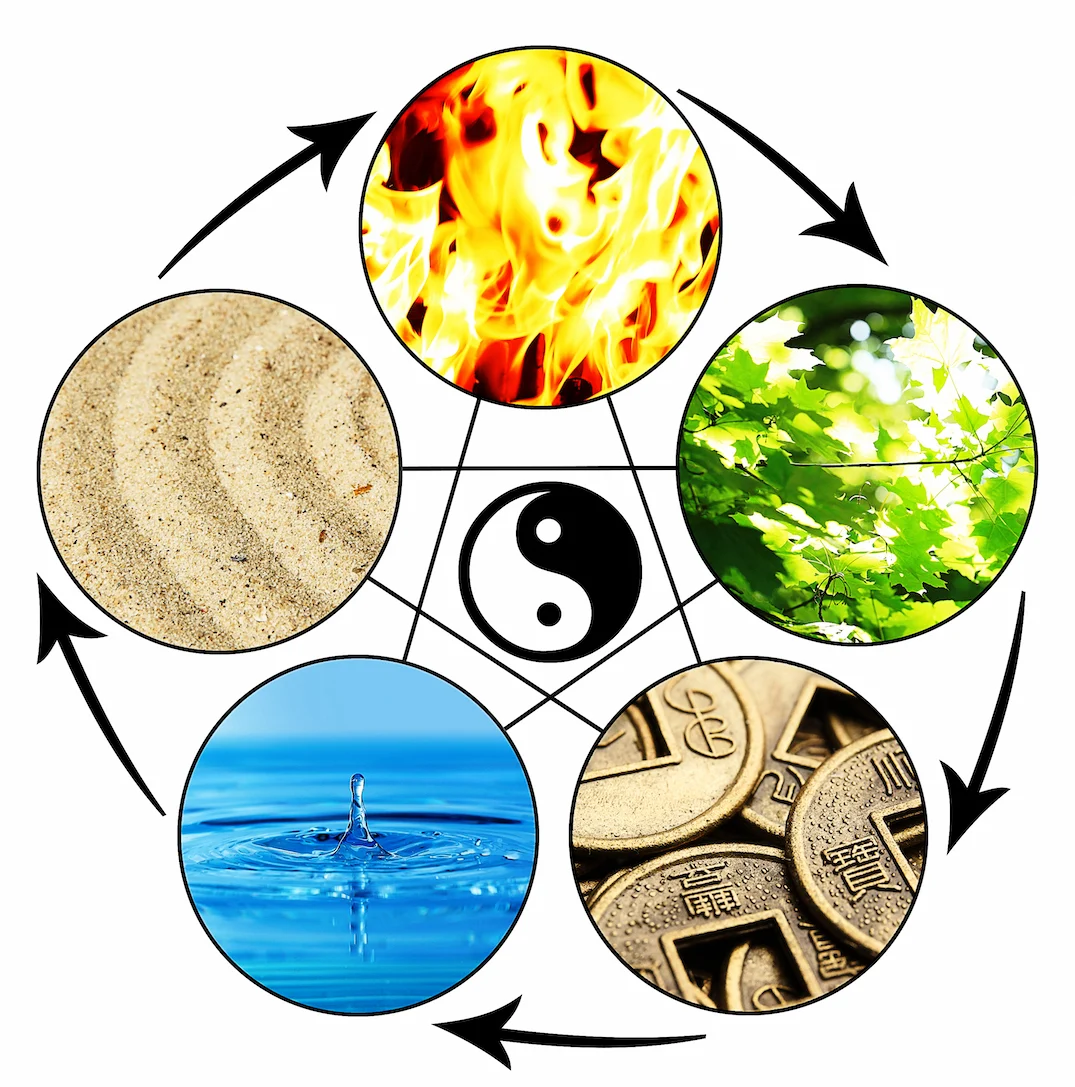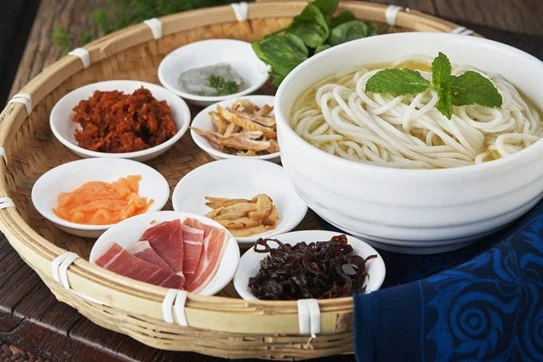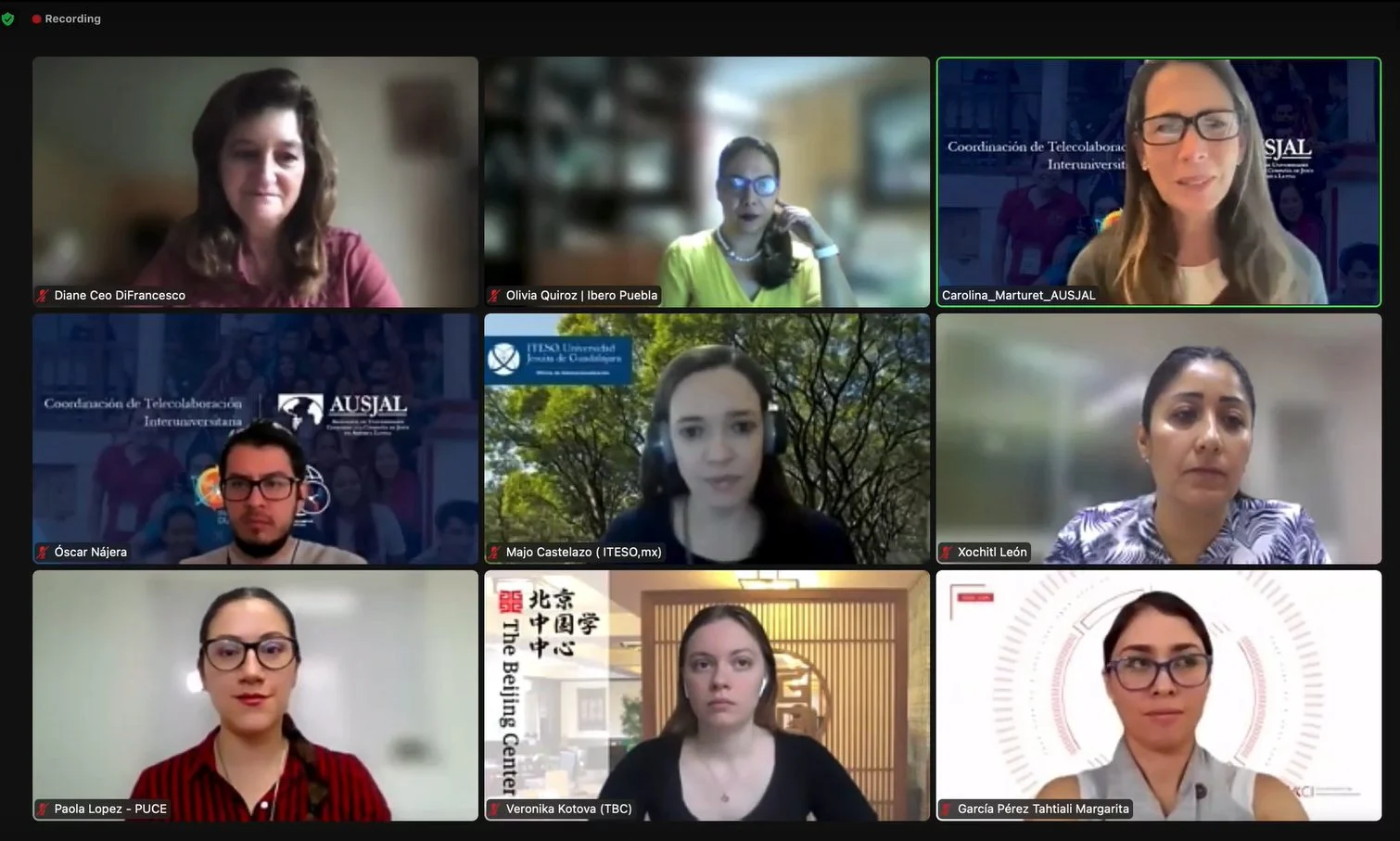
POPULAR CHINESE APPS – WECHAT
The Chinese social media ecosystem is fast evolving, but if you live outside of China, you’re probably using a different set of social media sites.
Chinese online culture is flourishing, with its own internet terminology and suite of apps that can help Mandarin learners improve their Chinese. Spending just a few minutes a day on your favorite Chinese social media app can help you improve your language skills.
In China, social media platforms perform comparable services to global platforms such as Instagram, Facebook, Twitter, TikTok and YouTube but in slightly different ways.









